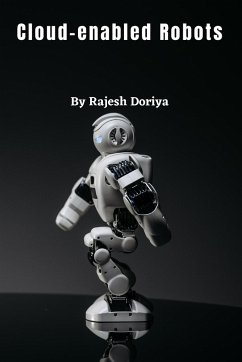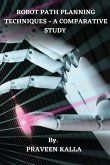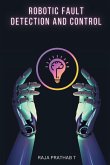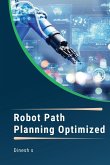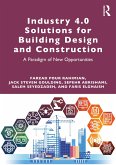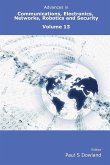Since 1928 robots have evolved greatly. Their application can be seen in space, defense, nuclear plants, assembly lines, manufacturing, healthcare to mention a few. Since then robot has become more reliable and adaptable in many different environments. The major constraints for robots have been the limited on-board computation and power required for its functionality. Consumption of power increases with increasing on-board computational power. Due to the physical location of the robot, the on-board sensors have a limited visibility and cognition capability. The time has come to invoke collaboration between multiple robots through a master control which is sitting on the cloud. The advantage with such collaboration is that the intensive computation can be offloaded by a robot to the cloud and the final action can be conveyed to it by the master control. The robot can obtain larger cognition of the world from multiple sensors of multiple robots. The cloud acquires the information from all the deployed robots. The information is fused and analyzed to create a larger world. The future course of action is planned and conveyed to the robots for execution. The new applications can be downloaded to the robots from the cloud to introduce new functionalities within the hardware limits of the robots. The work has begun in this area and the applications seem encouraging. In the first two Chapters of the thesis, we introduce the subject. We then propose a unified framework for cloud robotics (Chapter 3) which we called 'Robot-Cloud'. Multiple robotic services can be built, deployed and rapidly provisioned on demand. Usually, the services like map building, object recognition, path planning, etc., proves to be computationally intensive. We propose to offload the computationally intensive processes onto the cloud so that the robots could be computationally light. Cloud computing services are implemented through Service Oriented Architecture (SOA). The working of the proposed framework has been shown through a navigation service of the Turtlebot robot. Robot Operating System (ROS) is used to get a low level abstraction of the robot's hardware. ROS also gives a primitive messaging framework for communication with nodes or processes.

